The squat is a whole-body event - understanding the kinematics is the secret to success.
One of the most popular and effective exercises for building lower body strength and muscle is the squat. However, to perform a squat properly and safely, it is important to understand the whole-body kinematics involved in the movement. Kinematics is the study of how the body moves in space, and it can help us optimize our technique and avoid injuries.
The double leg squat involves several joints and muscles of the feet, ankles, knees, hips and back. The main muscles that are activated during the squat are the gluteus maximus, quadriceps, hamstrings, adductors, erector spinae and core muscles. The muscles of the feet and ankles help stabilize the base of support and maintain balance. The knees flex and extend to lower and raise the body, while the hips act as a hinge to allow the torso to lean forward and then extend again. The back muscles and core muscles support the spine and prevent excessive flexion or extension. They are very important for enabling lumbopelvic control.
Different types of squats can vary in difficulty and effectiveness depending on the individual's body type, mobility, flexibility and goals.
A common distinction is between a restricted squat and an unrestricted squat. A restricted squat is one where the heels are kept on the ground and the knees do not go past the toes – the squatter ‘sits backward’. This type of squat requires less ankle dorsiflexion and more hip flexion, and it tends to target more of the quadriceps than the glutes. It is also preferred by people with relatively shorter thigh length, and longer spine – allowing them to keep their body weight forward. An unrestricted squat is one where the knees can go past the toes. This type of squat requires less hip/trunk flexion and more ankle dorsiflexion and is suggested to encourage a more stable spine posture, and less strain on the lower back. It tends to target more of the glutes than the quadriceps. A deeper unrestricted squat can be challenging for people with poor ankle dorsiflexion.
Some common weaknesses or limitations that can affect the squat performance are lack of ankle mobility, tight hip flexors, weak glutes, poor core stability and poor posture. These factors can lead to compensations such as heel raising, knee valgus or varus, excessive forward lean, lumbar flexion, pelvic rotation, trunk and shoulder rotation, and asymmetrical foot posture. These compensations can increase the risk of injury and reduce the effectiveness of the exercise. To improve the squat technique, it is recommended to perform mobility exercises for the ankles and hips, strengthening exercises for the glutes and core, and corrective exercises for the posture.
To summarize, the squat is a complex movement that involves whole-body kinematics. It is important to understand how each joint and muscle contributes to the movement, as well as how different types of squats can affect muscle activation and joint loading. By addressing any weaknesses or limitations that may impair the squat technique, one can perform a safe and effective squat that can enhance their lower body strength and muscle.
You can read more about the Restricted and Unrestricted squat in our blog section.
